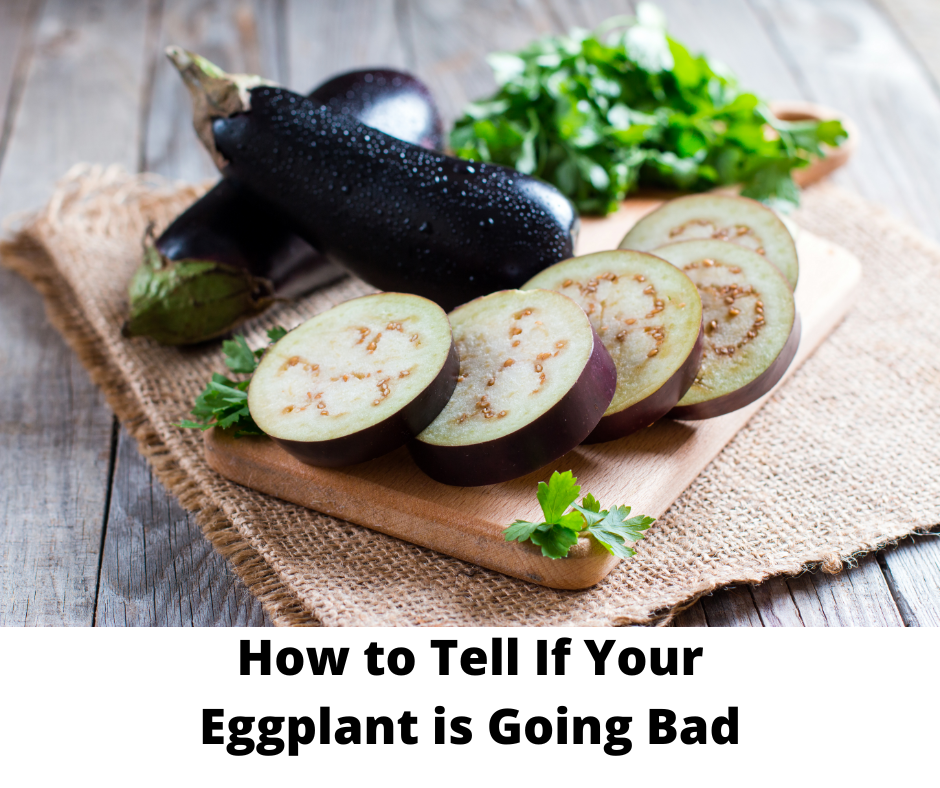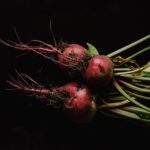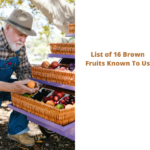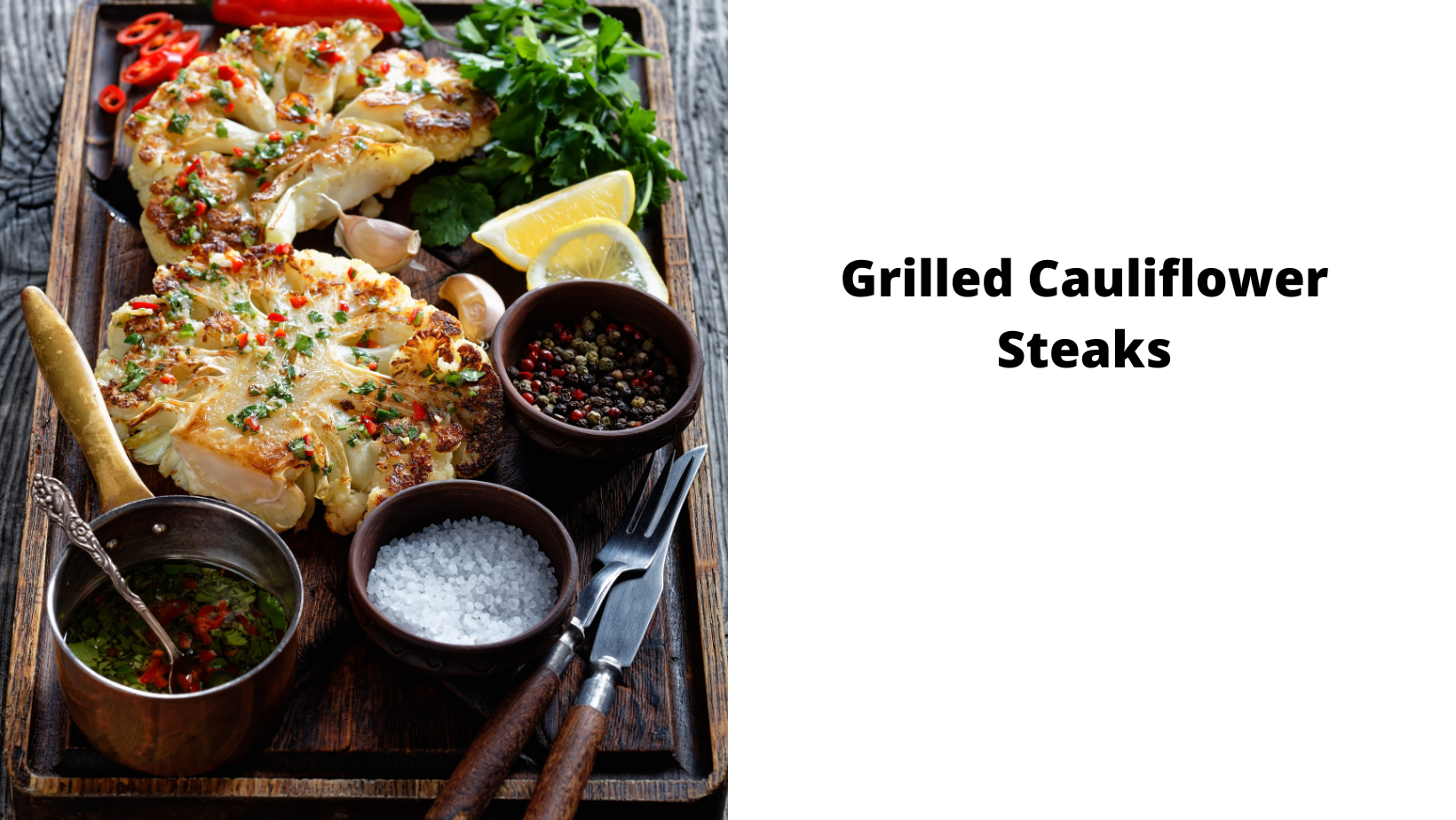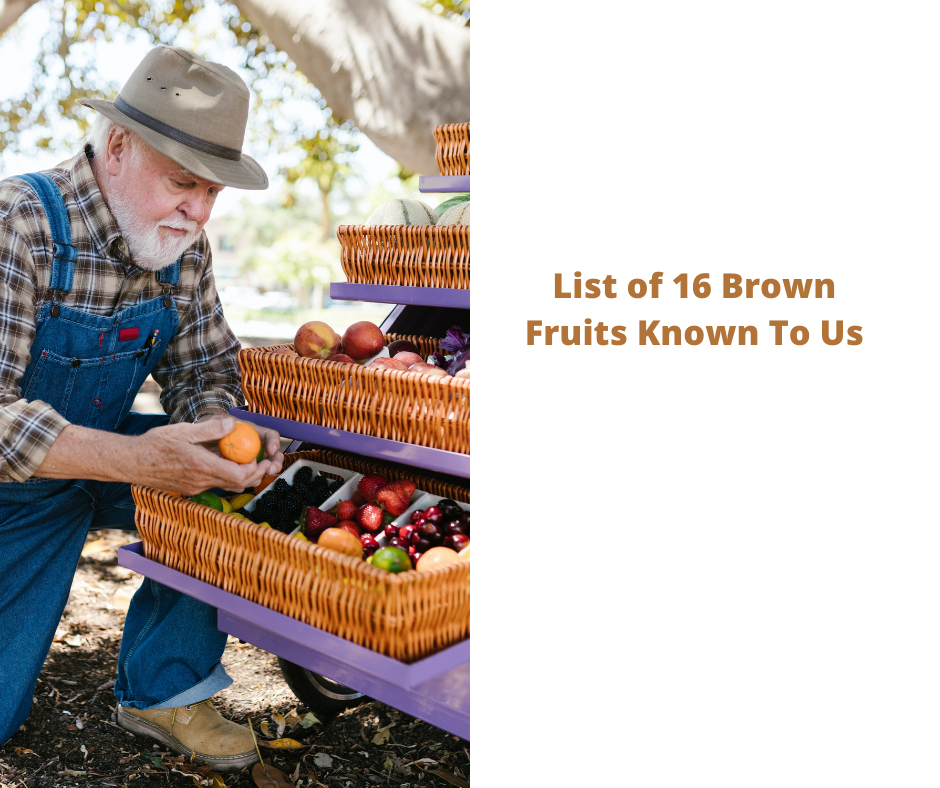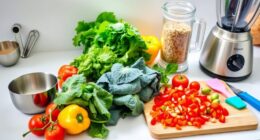Should you ever cut into an eggplant only to find the interior has turned a shade of brown, rest assured, you’re not alone. Mastering the preparation of eggplants can be a daunting task, even for experienced cooks who sometimes find it hard to refine their approach. The key lies in cooking the eggplant slowly and evenly, which can be a difficult feat for individuals who are not accustomed to working with this particular vegetable.
It was likely overcooked or not cooked evenly if your eggplant is brown. One way to avoid this problem in the future is to slice the eggplant thinly so that it will cook more evenly. You can also try cooking it at a lower temperature for a more extended period. With a bit of practice, you’ll be able to perfect your eggplant-cooking skills and impress your friends and family with your culinary expertise.
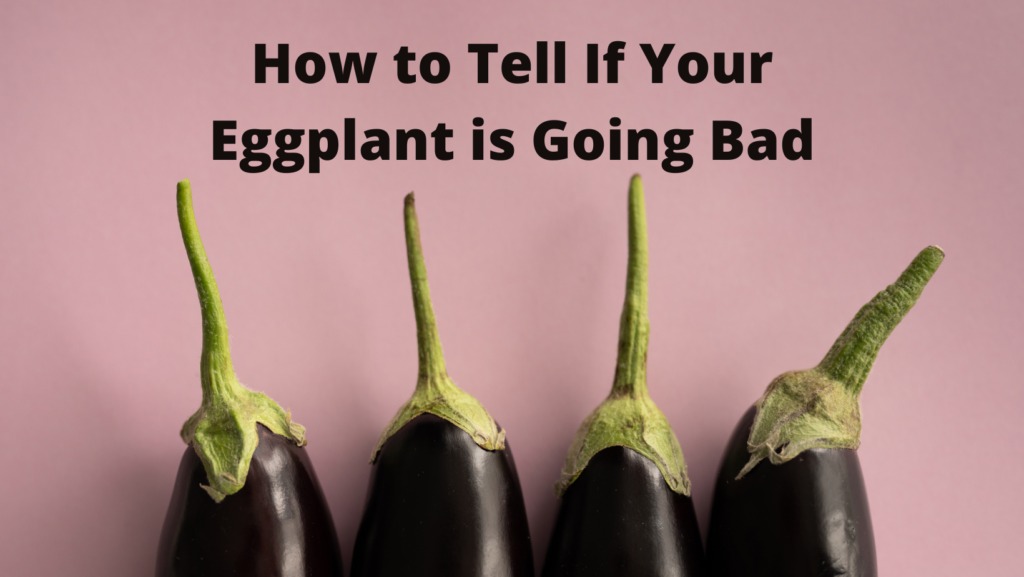
How to Tell If Your Eggplant is Going Bad by Looking at the Color on the Inside
How to tell if your eggplant is going bad by looking at the color. You’ll see different browning mechanisms: Oxidation, Enzymatic browning, and over-ripeness. If you notice your eggplant starting to become soft or brown, it’s time to throw it out. Here are some steps to take before it goes bad. To avoid the deterioration of your eggplant, try to cook it before it ripens too far.
Enzymatic Browning
Among the health benefits of vegetables, the vegetable eggplant (Solanum melongena L.) is one of the most commonly consumed vegetables in the world. Eating eggplant is not only suitable for your diet; it also provides many health benefits, including protection for the liver and antioxidants.
Unfortunately, the vegetable’s sensory quality and edibility are affected by enzymatic browning, resulting from physiological processes and environmental factors.
The new study focuses on the physiology of fresh-cut eggplant fruit browning and provides a reference for mitigation. It combines plant physiology with metabolomics to study the relationships among the different pathways and metabolites involved in the process.
The study’s primary goal was to clarify the biochemical mechanism underlying the browning of eggplant fruits and to provide a solid theoretical foundation for the processing and production of fresh-cut fruits and vegetables. The results can also serve as a model for future investigations on the biochemistry of browning in other fruits and vegetables.
Oxidation
If you’ve ever noticed that your eggplant has turned brown inside, there’s a good chance that you’re not wasting any time on a recipe. While enzymatic browning may be the leading cause, oxidation can also be responsible. It happens when air gets into the eggplant’s flesh. This air can get in via a bruise, puncture, or soft spot on the skin.
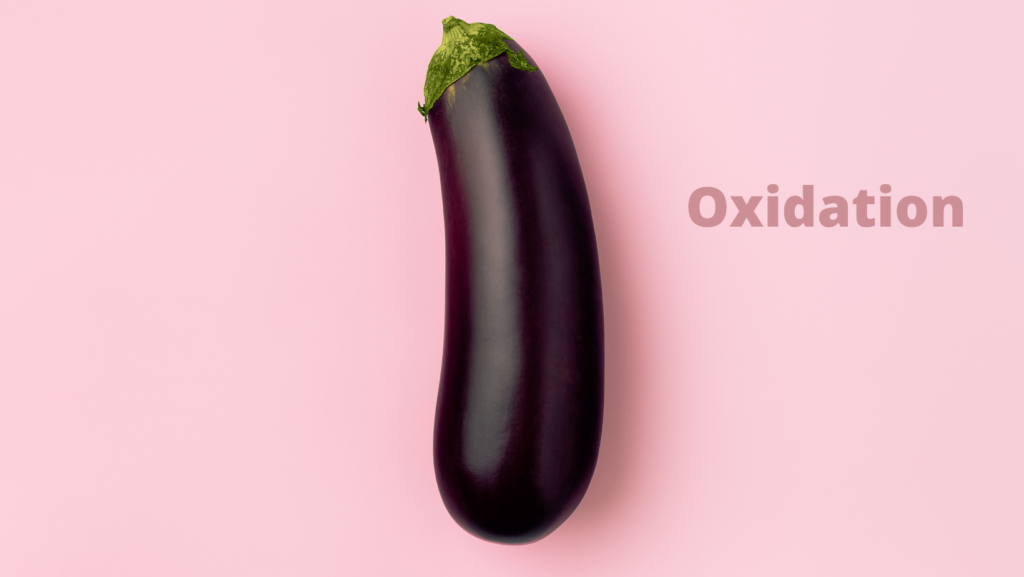
When eggplant is overripe, it is perfectly safe to eat. However, it will be bitter if the oxidation process is uneven.
You can keep your eggplant submerged in lemon juice to prevent it from turning brown. In addition, the lemon juice helps prevent oxidation by coating the eggplant pieces completely.
However, this method doesn’t work every time, so be sure to try it out before cooking your eggplant. If you can’t find lemon juice, you can always dip your cut eggplant into a bowl of milk to prevent it from turning brown. Alternatively, drop your cut eggplant into a bowl of lemon water to stop it from oxidation.
Over-Ripeness
Over-ripeness of eggplant refers to the over-ripeness of an eggplant. A ripe eggplant is not as firm as an under-ripe one and will lose its shine when pressed. When the eggplant is over-ripe, it is firm but lacks luster. The calyx will start to brown, and the flesh will turn brownish-cream. The eggplant has gone overripe if the seeds are light yellow or brown.
To check if your eggplant is ripe, squeeze it gently. It should spring back to life when pressed gently. It should also retain no finger indentation. Incompletely ripe eggplants are inedible. Ensure the eggplant is firm and juicy by eating it as soon as possible. The best way to tell if it is over-ripe is to try to squeeze it gently. Over-ripe eggplants are bitter and inedible, so always try to pick them before they reach this stage.
Bruising
What is the cause of the bruising on the eggplant inside? A brown interior of eggplant is a symptom of oxidation, which occurs when air touches the flesh of the vegetable. Bruising is caused by an exposed soft spot or puncture on the skin, which means air has entered the fruit.
It’s not harmful, but it won’t taste quite right. For example, if you’ve been eating a fresh eggplant and have noticed that the inside is brown, you’re likely to have over-ripe eggplant.
Several reasons cause the bruised inside of eggplant. First, the eggplant’s cell walls are damaged, allowing juices to enter the affected area and carry oxygen and browning enzymes.
The resulting eggplant is a discolored brown color with a bitter taste. The good news is that most of the eggplant’s flesh remains usable, and you can easily cut out the bruising with a knife. If it has already spoiled, you should discard the fruit.
Store Unripe Green Eggplants in A Paper Bag
Unlike most vegetables, eggplant can last up to three days at room temperature. It will last longer if you keep it in the crisper of your refrigerator. However, the texture of eggplant begins to go down after three to four days. To ensure the eggplant doesn’t spoil before they’re ripe, consider using bananas to ripen it faster. They can last for several months when frozen.
When eggplant reaches the stage where the flesh starts to turn brown, it might have undergone some trauma. Either uneven oxidation or enzymatic oxidation will cause a brown shade on the inside. Although unripe eggplant may have some oxidation and browning, it’s still safe to eat. It may have even been spoiled. Either way, a brown eggplant is still perfectly edible and has just lost its fresh taste.
Avoid Eating Bad Eggplant
There are several ways to tell whether your eggplant is getting sour by looking at the color of its flesh. Eggplants should be green or purple, with tight, white skin. The skin should be clean and free of any strange odors. While the meat is edible, brown spots on the inside are a sign of spoilage.
Brown flesh results from an enzymatic browning process when the fruit is exposed to air and airborne contaminants. Brown flesh can also result from oxidizing the chemical compounds inside coffee or a damaged enzyme. Therefore, it is best to discard spoiled eggplants when the seeds are tiny.
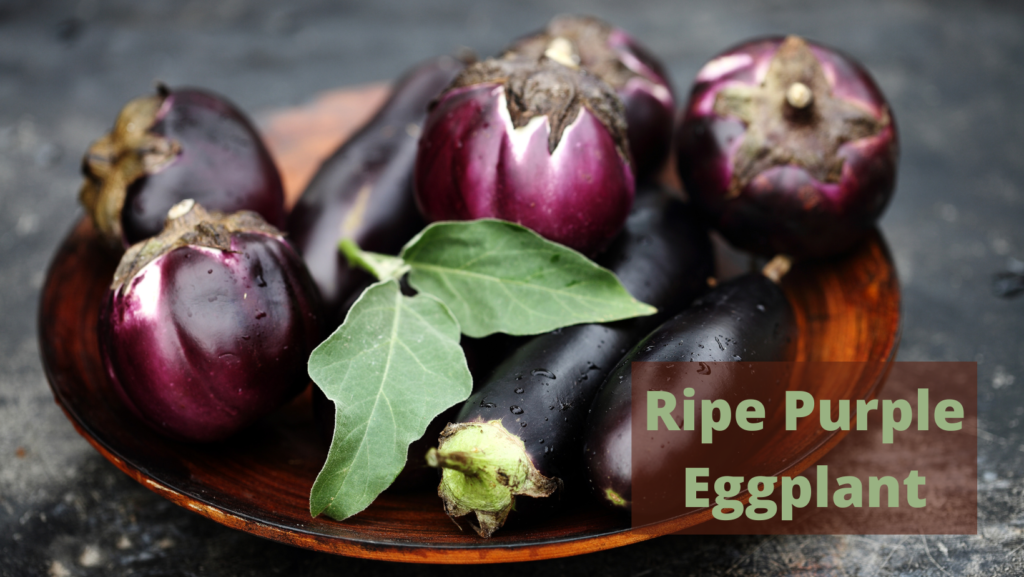
If you find an eggplant brown on the inside, it’s likely spoiled. It’s safe to eat it if the flesh is still green, but if it’s already brown, it’s not. It’s essential to cut the eggplant with a 1-inch perimeter around it, as this will help prevent the mold from spreading inside. If you’re unsure whether or not an eggplant is moldy, you can rub it with lemon juice before eating it.
Aurelia is the Editor-in-Chief of The Graceful Kitchen, a vegan lifestyle blog that focuses on delicious, nutritious, and ethical eating. A lifelong vegan, Aurelia is passionate about sharing her love of plant-based cuisine with others. She is a regular contributor to several online and print publications, and has been interviewed by major news outlets about the benefits of a vegan diet. In her free time, Aurelia enjoys cooking, hiking, and spending time with her cats.
